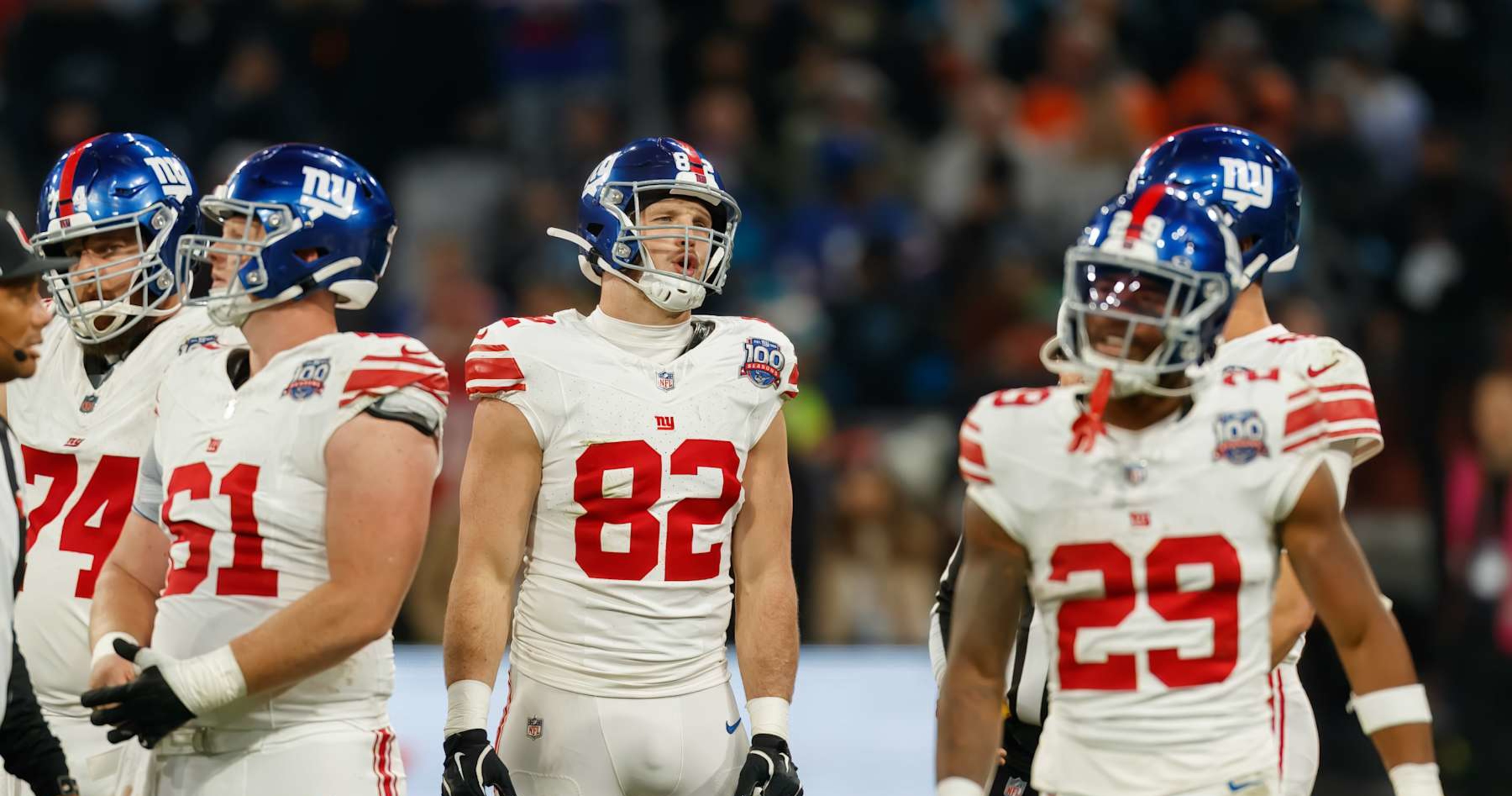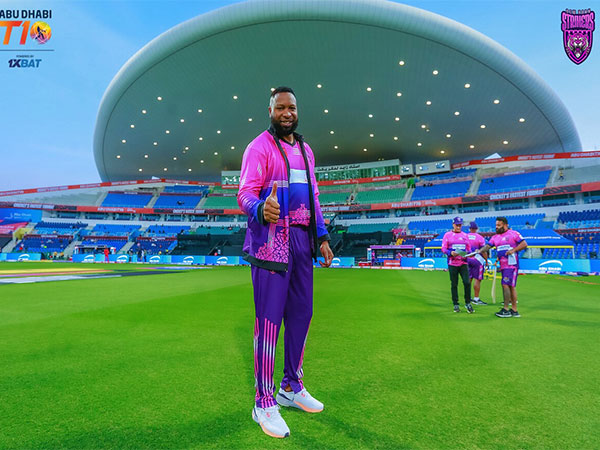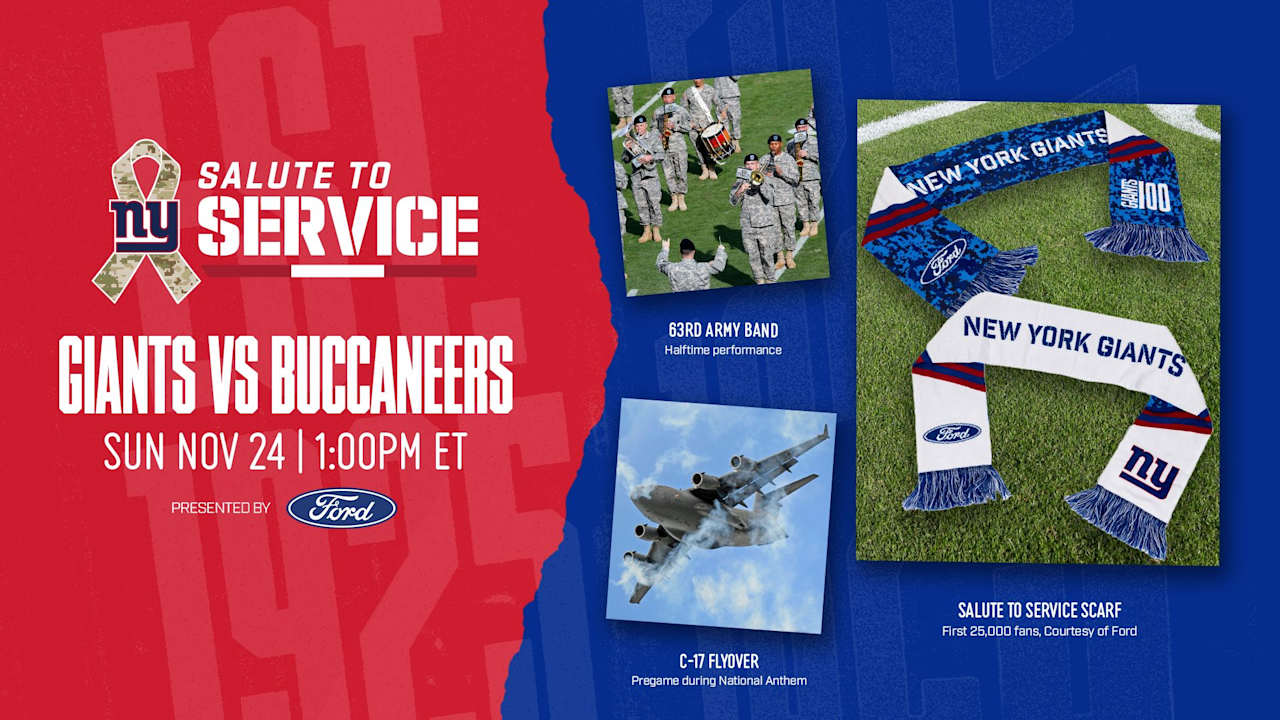Sports
How OJ Simpson overshadowed one of the great days in New York sports history

In the morning they had come to the Canyon of Heroes, a million strong, and everywhere was a song and a celebration for the New York Rangers. It was one of those bright New York days brimming with possibility, right on the brink of summer. Here, in the blinding sunshine, the city would salute the end of a 54-year Stanley Cup quest.
Later, indoors, 2 ½ miles uptown, the Knicks would be going for a three-games-to-two lead in the NBA Finals, hoping to put an end to their own miniature title drought of 21 years. And in the opening minutes of that game with the Houston Rockets that night – June 17, 1994 – the Garden was as you would expect it to be: deafening, rocked to its very foundation by hope and by fury and by anticipation.
Then, an odd thing happened.
As the game progressed – and it was a very good game, in the balance till the final seconds – the crowd grew quieter. It seemed … distracted. And in truth, it was. Some fans abandoned their seats to stand vigil at concession stands, squinting at fuzzy, pre-flat-screen televisions. Some crowded around the auxiliary press boxes set up throughout the Garden, crowding five and six deep, because there were TVs there, too.
The NBC feed was split in half. The Knicks were playing the Rockets in one of the boxes, and the action was on a brief delay so periodically Patrick Ewing would block a shot, or John Starks would make a 3-pointer, and it would take a second or two for the crowd to react. The Rockets erased a 13-point deficit and tied the game in the fourth quarter, then took an 80-79 lead; a lot of that seemed to be happening in an empty church basement.
Because in the other box, there was a white Ford Bronco. It was motoring along the 405 freeway in Southern California, trailed from behind by an armada of police, periodically cheered on overpasses by onlookers. By now we knew the driver was a man named Al Cowlings, who had been a pro football player for nine years with the Bills, Rams, Oilers, Seahawks and 49ers.
And we knew his passenger was his old teammate with the Bills, O.J. Simpson.
Simpson, who earlier that day had been formally charged with the grisly murders of his ex-wife, Nicole Brown Simson, and her friend, Ron Goldman. Simpson, who had been expected to turn himself in and instead had taken to the Bronco, had taken to the freeway, had frightened his friend, Cowlings, enough that Cowlings thought he might kill himself.
Right there, in the Bronco.
Right there, on national TV.
Right there, in tens of millions of living rooms and all across the Garden, where the Knicks would win a basketball game, 91-84, moving within a game of the title, as close as they’ve been, still, since 1973. And on their way out of the place, almost none of the 19,763 people were talking about the Knicks. It was all O.J., all the time.
Even in the postgame press conference.
“If O.J. cuts left instead of right, do you think he makes it?” a fan who’d somehow snuck his way into Pat Riley’s briefing, asked, beer in hand, until security pounced and he was removed, Riley’s uncomfortable smile serving as the chief spokesman for a surreal night that will never be forgotten by anyone who was there.
O.J. Simpson died Thursday, cancer doing at age 76 what some thought a gas chamber should have done almost 30 years ago, despite the verdict a California Superior Court jury had delivered inside the C.S. Foltz Criminal Court Building on Oct. 2, 1995.
Few American lives have ever been so complicated, so contradictory. Simpson spent a quarter century as a beloved celebrity, winner of the 1968 Trophy at USC, the man who in 1973 broke Jim Brown’s record for rushing yards in a season at 2,003.
He was humble: even at his most famous Simpson gave just as much time to reporters from 100-watt radio stations as he would Sports Illustrated. He was gracious: the day he broke Jim Brown’s record, in the last day of the season at Shea Stadium, he insisted his postgame words had to be in the company of his offensive linemen – nicknamed The Electric Company because “they turn on The Juice.”
And at a time when there were few Madison Avenue opportunities for African-American athletes, Hertz built a high-profile national campaign around him, and for years he was as well-known for running through airports as for running over linebackers and safeties. He was a natural as a broadcaster. And as an actor he didn’t do bit parts, he has meaty roles in big productions: “Roots,” “The Towering Inferno,” “The Naked Gun.”
Which is why the events leading up to June 17, 1994 – and then the chase that day – were so bewildering. Later, after his acquittal, we saw a different side. He lost a civil trial and was ordered to pay $33.5 million to the Brown and Goldman families, though it’s unknown just how much he paid. He actually did time after being convicted in a bizarre kidnapping plot in 2008.
Stay updated with the latest coverage of OJ Simpson’s death
He at times seemed to be oddly trolling the loved ones of the murdered victims, both on social media and when he authored a book, “If I Did It, Here’s How it Happened,” the proceeds of which were later ordered to pay off his civil liability and the second half of the book’s title became “Confessions of a Killer.”
It was a lamentable way for an erstwhile icon to spend the final 30 years of his life. Little did anyone know when they scrambled to find a television on the night of June 17, 1994 – in the Garden and everywhere else – that we were seeing a myth being driven away from us, replaced by a man, fully formed, full of the basest of human flaws.










